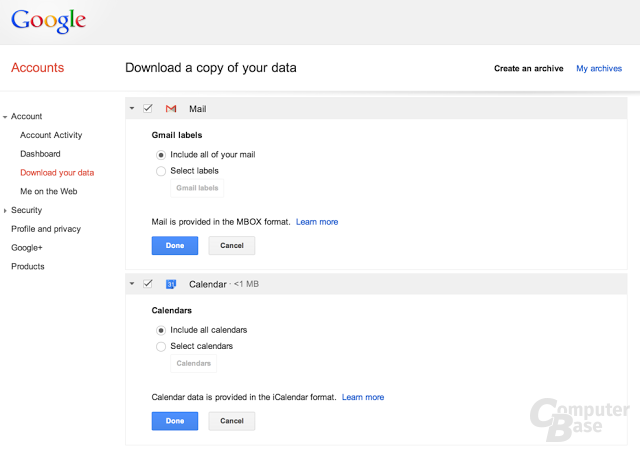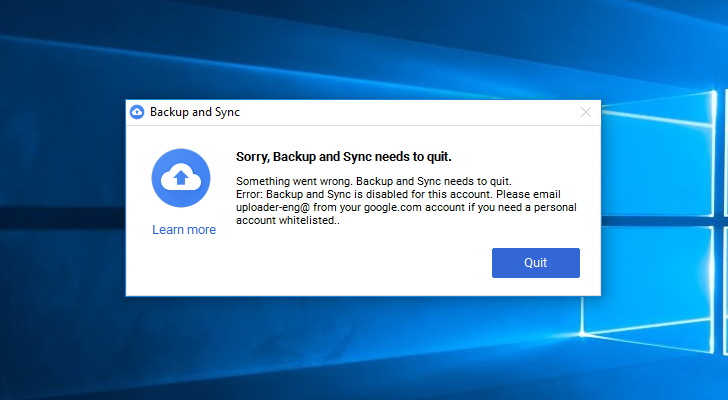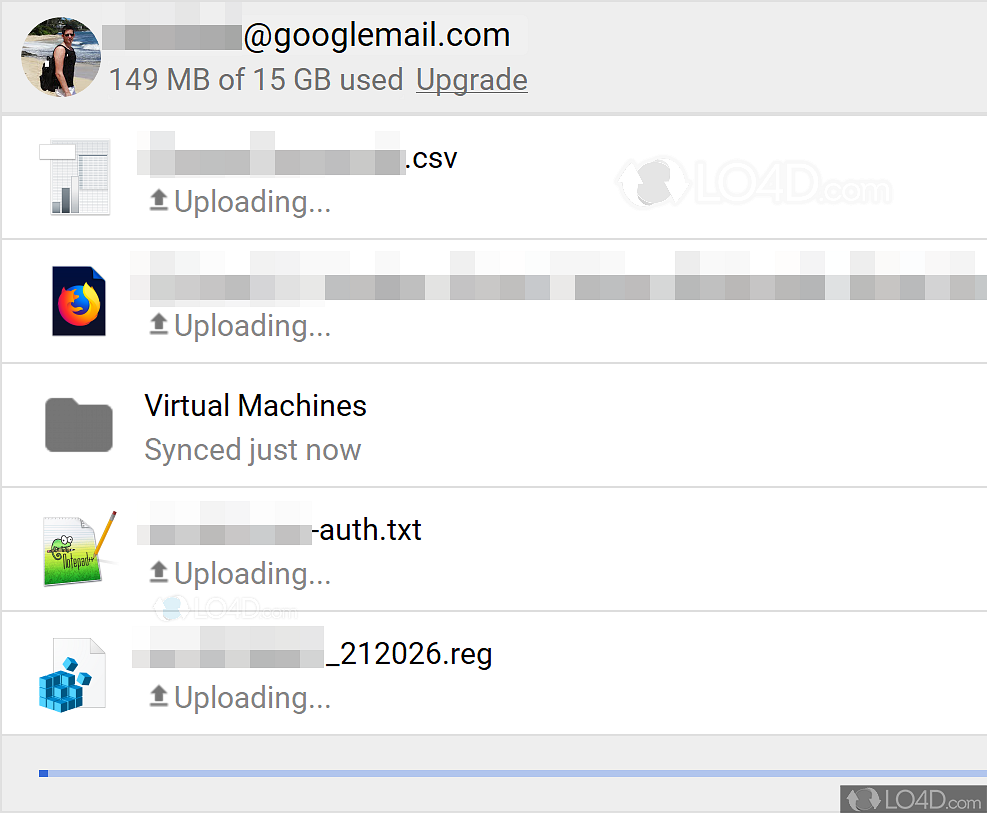
That's why Nalum's two devices don't see each others' backed-up apps: they're each restoring from their own last backups.

In either case, the data are now backed up into the new device's set, which means that the backup data from the two devices are separate from now on.Īfter you factory-reset a device, it'll restore from that device's last backup if there is one, and failing that, from some other device's backup if there is one, but it will start to create its own set from then on.
Google backup install#
If you had an app installed on one device and you install it on another device, the app will be restored with its data from the old device. Thus, when you set up a new device, it'll restore the list of apps from an old device's backup, and restore each app from the old device's backup. (If there's a choice, it'll use the last set that was used for a full-device restore.) If it doesn't find any (either because it's a completely new device with no backed-up data, or because that package has never been installed on that device), it'll expand the search to other sets. When an app is installed, or a device has its list of apps restored, the backup system first looks in that device's set for backup data for that package. If you wipe your device and sell it to someone else, he won't be able to access that device's set unless he can log into your Google account. All the sets are still specific to the user's Google account. When an app (or the list of installed apps) is backed up, its backup data go into the set associated with the device it's being backed up from. Each set is identified by a unique string, such as the IMEI on the device. to exclude those "sensitive data" we have been warned about: WiFi passwords would belong to that category), I assume there's no choice on restore either? So how is this handled?Īndroid's backup service has a concept called a set: the set of all data backed-up from one device (on one transport, but that's a detail). As I've seen no way to chose which data to backup (e.g. The deal is: If one has multiple devices, they are often used for specific issues, so one does not want everything on all devices. "restore all, device changed!" - or "restore all from the no longer connected device X, as it was probably replaced!" - but stick to "restore only what was on that device" in case of a factory-reset) (if devices would be identified with backups in the Google account used, this could trigger a special action for "new device", e.g.
Google backup android#
Aside from reliability and the fact that not everybody wants his private data in the cloud (and even mentioned API reference 2 warns: Android makes no guarantees about the security of your data while using backup. The Developers API on Google Backup gives some further insight on how the backup stuff is supposed to work (and several questions here show how it really works - that is, sometimes it does, sometimes only partly, and sometimes not at all). How does Android sync the WiFi Profiles?.Relevant questions here covering those issues include:

words added to the dictionary used by the onscreen keyboardĭetails might be found in the Google Dashboard.




 0 kommentar(er)
0 kommentar(er)
